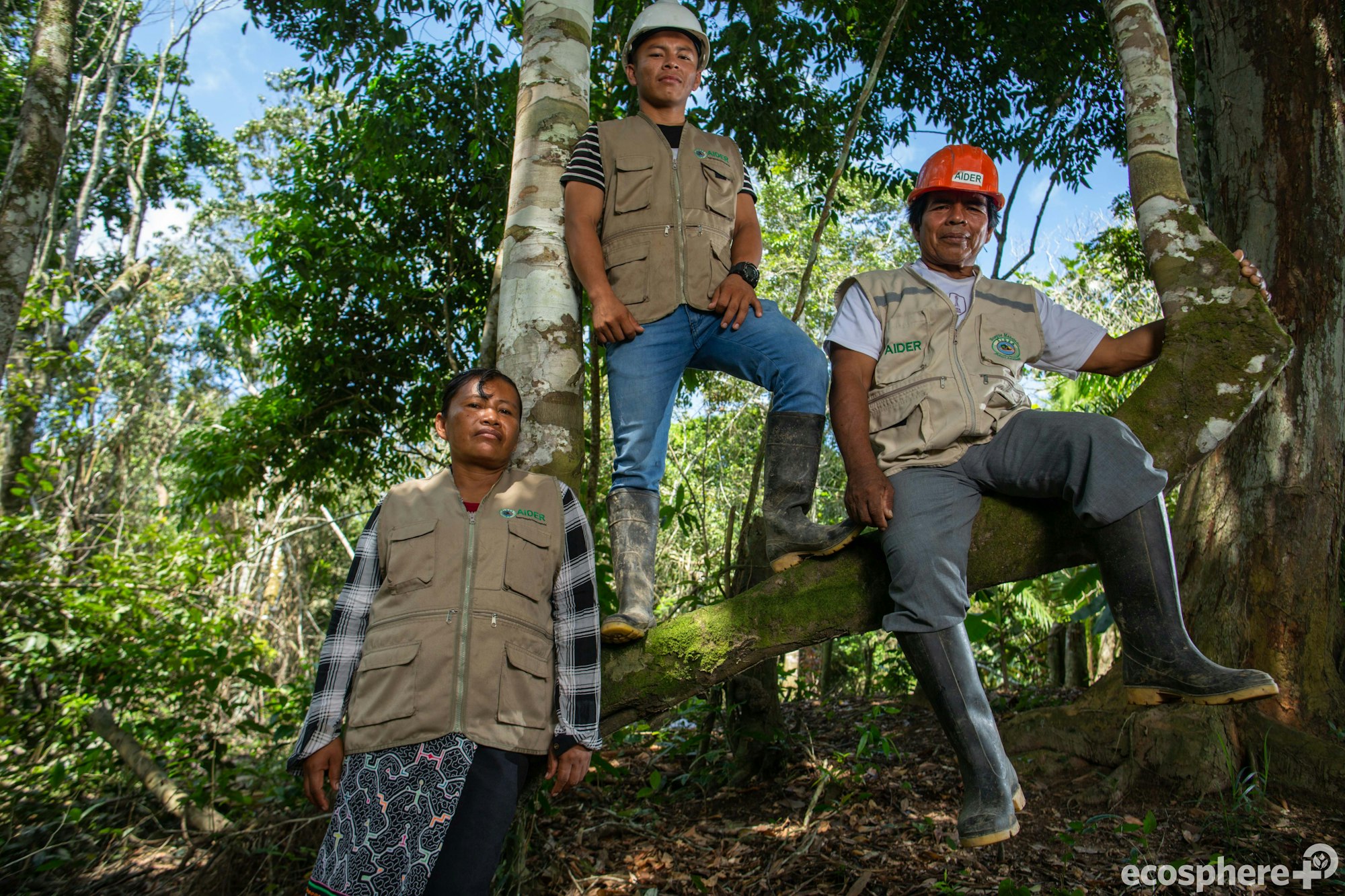Nii Kaniti: Saving the Peruvian Amazon
Help local and indigenous communities protect threatened forests in Peru
Climate impact
Avoidance
Solution
Forest conservation
Location
Peru
Evaluation
VERRA/VCS

ABOUT
Learn more about the
project
Who better to protect the rainforest than native communities?
The forests in Peru are highly vulnerable to deforestation, from ‘slash and burn’ agriculture, to land grabbing and illegal use of forest resources. These forests are critical habitats for many species of flora and fauna, including threatened species like the jaguar, blue-headed macaw, and tapir.
This project will protect these forests and their biodiversity by involving local and indigenous communities, who, as the second largest managers of forest land in Peru, are critical to their protection. Nii Kaniti also addresses the economic drivers of deforestation, by helping locals build sustainable agroforestry businesses and rewarding forest conservation and restoration with carbon credits.
By contributing, you’ll help protect 120,000 hectares of critical rainforest ecosystem, avoiding an estimated 2.9 million tons of CO2 by 2022, and provide a better livelihood to more than 2,000 women and 550 families thanks to the income generated from carbon credits.
Ecosphere+
Peru • https://ecosphere.plus/
ASSESSMENT
Everything about this project at a glance.
Climate impact
Avoidance
How to read this
Our atmosphere is like a bathtub, which we have been filling for decades with greenhouse gasses. Each ton of CO2e in the tub increases the global temperature and affects the climate.
In order to prevent our bathtub from spilling - which would mean reaching a +2°C temperature increase - 3 types of actions exist:
●
Reduction: These projects reduce emissions, closing the tap and slowing down the filling of the tub (e.g. switching to more efficient fuels)
●
Avoidance: These projects preventing future emissions, stopping a new tap from being opened (e.g. protecting forests and peatlands so that they don’t start releasing CO2)
●
Removal: These projects remove and capture greenhouse gasses, emptying the bathtub (e.g. reforestation and direct air capture technology)
Solution
Forest conservation
How to read this
Solutions are different ways we can reduce, avoid and remove our emissions. They vary in terms of cost, level of maturity, potential to scale, and other factors. To make comparisons easier, Sweep groups solutions into categories such as Forests, Geoengineering or Buildings. Climate solutions are numerous: to learn more about what can be done, explore our catalog.
Location
Peru
How to read this
Solutions can be deployed in a large range of locations, from a micro-regions to entire sections of a continent. You might want to focus your contributions on specific areas to maximize local socioeconomic impacts or contribute where your activities are based.
Evaluation
Certified • VERRA/VCS
How to read this
Various international and regional standards rely on established methodologies, dedicated processes and third-party verifications to guarantee that a project delivers on its promises.
●
Certified: Standards, such as Gold Standard or Verra, are listed for maximal transparency
●
Not certified yet: The process to be certified is expensive and cumbersome, and ad-hoc methodologies might not exist for specific projects, preventing them from being certified. Sweep promotes other projects after a necessary due diligence, bringing more projects to a wider audience while also offering opportunities to develop and tailor new projects according to your own needs.
Capacity
242kt
How to read this
Capacity is the projected volume of tCO2e reduced or removed during the crediting period. This indicates the projected net impact of a project after adjusting for potential negative impacts and other externalities. This is key to assessing the current scale of a project and can give a quick estimate of what the considered volumes represent at the project scale.
Capacity does not reflect the available quantity of credits as some of them can already be sold.
Crediting Period
2020 - 2030
How to read this
Certified projects are eligible to generate carbon credits over a certain period of time. This crediting period gives a good estimate of the progress of a project.
●
Older crediting periods means that projects have delivered their promises and that third-party auditors have recognized the climate impact
●
Crediting periods covering coming years may have already been audited for a fraction of the volumes. The rest will be generated along future audits.
Co-benefits
7 SDGs
7 SDGs
SDG 1: No Poverty
350 families directly involved.
SDG 2: Zero Hunger
Supporting 4 sustainable business lines, including agroforestry and non-timber forest products like bananas
SDG 5: Gender Equality
Over the project 2000+ women will have Improved their livelihoods or generated income as a result of the project
SDG 8: Decent Work and Economic Growth
350 families and over 1200 people directly involved with improved incomes.
SDG 12: Responsible Consumption and Production
Supporting 4 sustainable business lines and FSC certified timber
SDG 13: Climate Action
2.7 million tonnes of co2 avoided
SDG 15: Life On Land
119,837 hectares of threatened forest protected and 7,000
How to read this
Projects often have positive side effects beyond reducing, removing, or avoiding emissions. For example, projects might reduce waste, protect biodiversity, or support indigenous people. These co-benefits are modelled after the UN Sustainable Development Goals (UN SDGs).
Durability
N/A
How to read this
Durability only applies to to removal solutions. It indicates for how long the carbon will be removed from the atmosphere - the longer this is the more desirable. For example, storing carbon as mineral underground is more durable than in a tree, making it a less risky and longer term solution.
Financial additionality
High
How to read this
Additionality reveals the impact of your financial support. It indicates what percentage of the global project budget is coming from contributions.
●
High additionality means most of the project revenue relies on contributions, and they would likely not be able to happen without this financing.
●
Low additionality projects are less reliant on contributions.
●
Other additionality criteria, such as policy or regulatory additionality, are tackled through certifications and not assessed here
Barriers
Medium
The total project barrier score is available when all types of barrier are provided. It is a composite score based on the 5 barriers assessed.
Technical
Financial
Social
Political
Economical
The project faces many barriers. Barriers are often due to social conditions and land use practices including: - The population pressure on the land, - Widespread illegal practices, - Lack of organisation of local communities - Land tenure, ownership, inheritance and property rights, - Lack of funding and engagement from private sector companies.
How to read this
Barriers are the different hurdles a project might need to overcome. Barriers can give you a sense for the challenges a project faces, but also how it can add deeper value and create change. We differentiate five types of barriers: economic, social, institutional, technical and financial.
Create your portfolio to get started
Our carbon team will help you tailor your portfolio based on your preferences.
Track, report and act
Sweep helps you get your carbon on-track
Sign up to The Cleanup, our monthly climate newsletter

© Sweep 2023